Warrendale is the most eagerly anticipated film I’ve reviewed so far in this column dedicated to the Eclipse Series. Ever since I first learned about it back in June when Criterion announced their October 2010 titles, the release of Eclipse Series 24: The Actuality Dramas of Allan King has been marked on my mental calendar as a Significant Event. Though I was also curious to explore the other topics King covered in the five films included in this hefty set, Warrendale, his first feature and a breakthrough award winner for him at that, has been my main focal point. That’s because its subject matter is personally fascinating and dear to me: the work that King documents in an experimental home for emotionally impaired children and adolescents is a direct precursor to the work I’ve been doing in the field of professional youth treatment for the past 21 years.
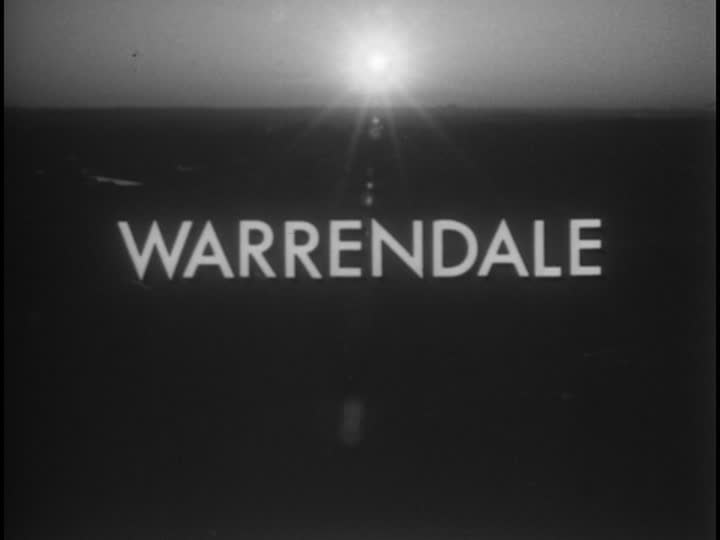
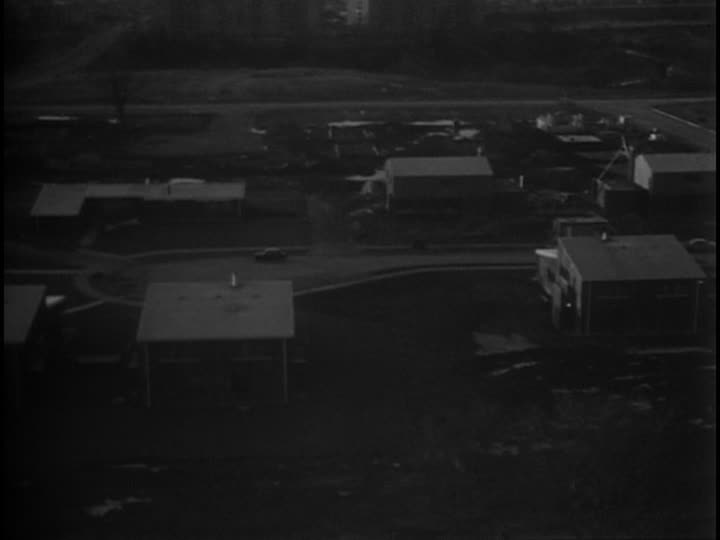
When I first read the description of Warrendale in a few places it’s mentioned online, I anticipated the valuable insights it would provide to my work (where I’m currently employed as the main staff trainer for our 11 residential programs) and the potential for awesome dramatic power, especially for people who have never worked in or are largely unfamiliar with this kind of environment. Many times over the years I have worked shifts where incredibly profound human dramas have unfolded, where sublime emotional heights and depths are unveiled in crisis situations of varying intensity, and wondered just how such scenarios would come across on film. Given today’s legitimate concerns regarding client confidentiality and the risks of exploitation (not to mention HIPAA regulations), a film like Warrendale could never again be made in the USA. But once upon a time, in Canada, in the mid-1960s, the rules and sensibilities were different. I’m glad that a record like Warrendale exists, for both professional and aesthetic reasons.
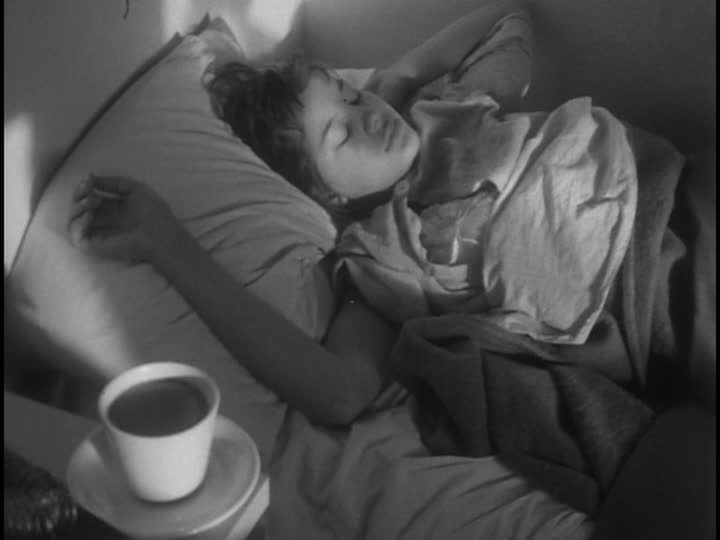
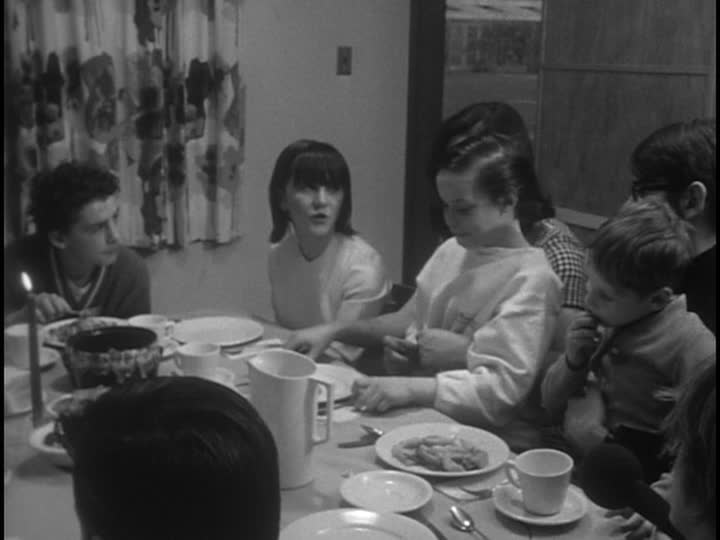
The film’s title derives from the name of a home designed for the therapeutic treatment of traumatized children. There’s no narrative preamble, no direct-into-camera interviews or captions offered to the audience to explain anything about what’s going on. The film opens with a distant aerial shot of a car driving into Warrendale’s campus and a zoom in to one of its structures. The first half of the film takes us through the course of an ordinary day, beginning in the morning wake-up routine, through mid-afternoon free time, dinner, evening activities and finally putting the children to bed. Throughout it all, we get a feel for the behavioral volatility that Warrendale’s residents present and the challenges faced by their staff to keep their household on an even keel.
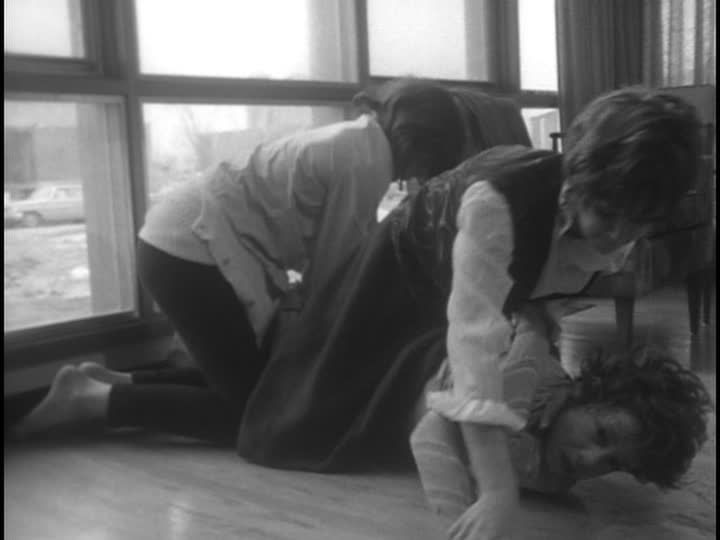
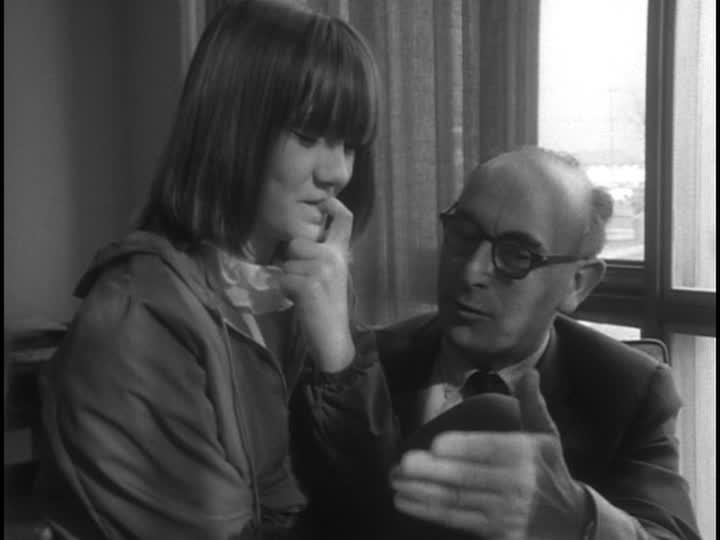
The second half of the film consists of more extended scenes focusing on a particular crisis, the unexpectedly sudden death of a staff member, and the impact this sad news has on everyone involved with Warrendale. As one might anticipate, the children do not respond with much composure or self-control. Far from it, indeed. The entire process, from shocked staff first learning the news about their co-worker and their planning on how to announce it to the kids, to their house meeting, the cathartic release it triggers and the group’s eventual attendance of the funeral, is thoroughly covered in its full spontaneity.
As someone who’s had to preside over similar group meetings telling kids about the Columbine shootings, the 9/11 terrorist attacks and the accidental deaths of their peers, I was riveted to the screen as I watched the Warrendale staff drop a verbal hand grenade in the room and then spring into the crisis triage mode that they knew was inevitable.
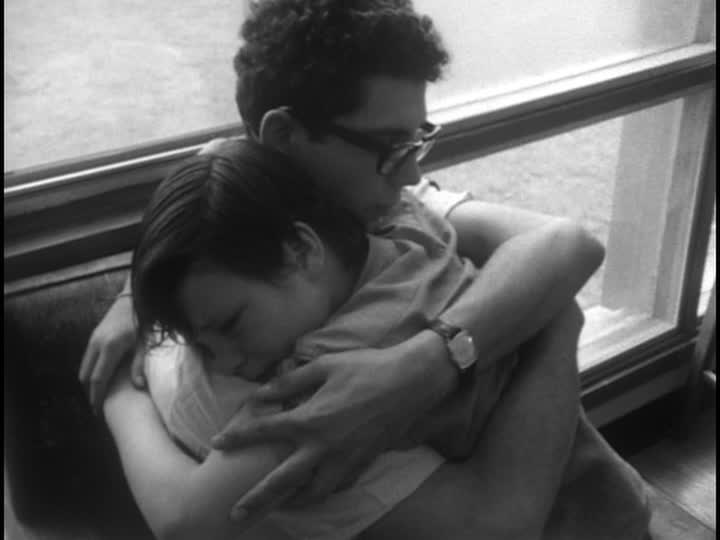
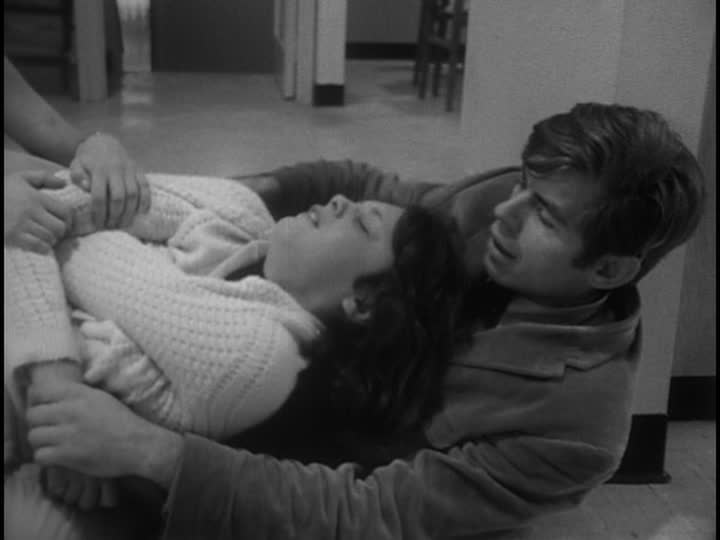
The challenge I face in writing this review is to avoid an excessive focus on the therapeutic methods depicted on film. I don’t want to lose readers by writing a long critique of the staff interventions or digging too minutely into the differences between how I and my colleagues would handle the behaviors of Warrendale’s residents compared to how their staff responded. I could definitely dissect these scenes at some length and point out what I consider effective and ineffective (or even inappropriate) techniques – and I fully anticipate using portions of this video to illustrate some things to our staff in the months ahead! But I doubt this would be of sufficient interest to readers here to hold your attention, so I’ll address that aspect of the film this way:
Don’t assume that what you see in Warrendale is typical of what happens in residential treatment programs today!
That is, don’t draw the conclusion that staff restrain kids who refuse to get out of bed in the morning, pin them down to the floor and scream at them about how they don’t care that their breath stinks, allow delinquent vulnerable children to play Hide ‘n Seek from their staff in open-ended public spaces (then wonder why they might have run away) or pass around cigars and beer to prepubescent children as a means of tension reduction after hearing particularly stressful news. I mean, such things might happen nowadays, but only under the strict clinical supervision of licensed Masters level therapists.
OK, I’m just kidding…
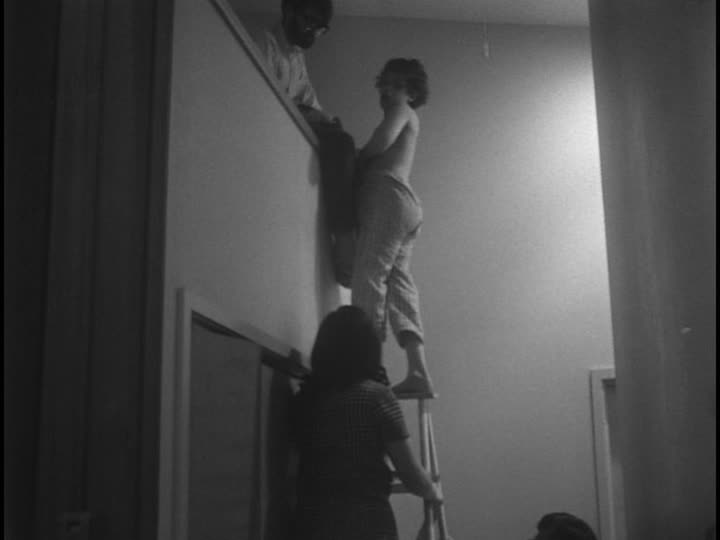
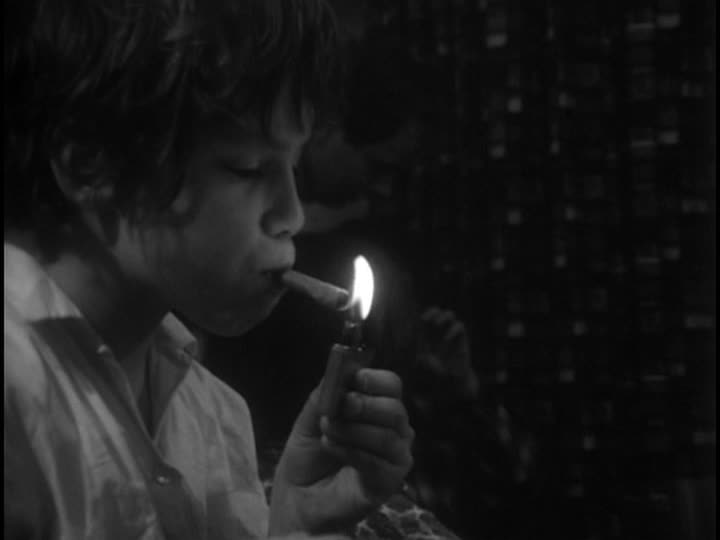
But seriously, I was pretty astonished by the rawness of the interventions used by Warrendale’s staff. From restraint techniques to verbal de-escalation skills, I think I have a lot I could teach those folks! Though I also have to express my sense of indebtedness to their pioneering work in this field. I have no doubt that the staff were doing the best they could under the circumstances, applying psychological theories that were in vogue at the time – a much harsher approach using intrusive physical holds and loud, literally in-your-face confrontations – that are no longer considered best practices in our field. Facilities like Warrendale were still highly experimental, undeveloped and under-resourced back in the mid-60s. Not that the resources our society dedicates to preventing and treating damaged children are exactly abundant these days – but that’s an editorial direction I’d do best to avoid in this review.
As for the rawness of the kids’ emotions, I wasn’t at all surprised. Over the years, I’ve seen hundreds of meltdowns that rival or surpass those captured by King’s mobile cameras. Saying that doesn’t in any way diminish the pathos of what we see here. My heart was heavy and my pulse raced to see the staff and kids all caught up in uncontrollable emotional maelstroms. Watching these scenes in the comfort of my own home was unsettling, kind of a flashback experience to situations I’ve worked through routinely in a more institutional setting. I can only imagine the shock that they inflict on viewers who have no idea what’s coming or lack a frame of reference as to what can trigger an abused or neglected child to explode so convulsively.
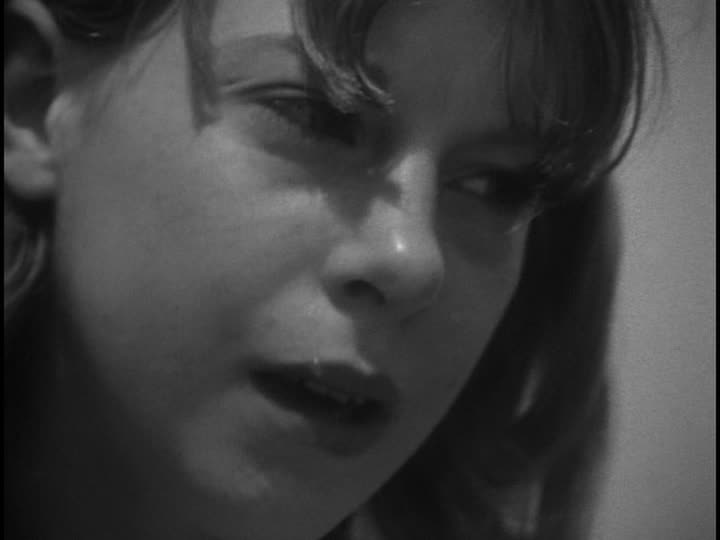

But lest you think that Warrendale (the film and the program) is only about crisis management, it’s just as important to point out that in between the emotional firestorms, the kids are having fun and being taken care of by people who genuinely appreciate them. There’s a lot of good therapy and solid relationship building going on that I believe in the long run is much more important, though easy to overlook due to all the drama jumping out at us. I was truly impressed by the staff who were able to maintain compassionate poise and calmness in the face of some very pointed hostility and even assaultive behavior from the kids.
Of course, that’s what they’re supposed to do, but I know from experience it’s not always easy to rise to the occasion in such circumstances. A lengthy 1-on-1 conversation between the staff Terry and the resident Irene that takes place in the exact center of Warrendale is, to me, the genuine heart of the movie and a satisfying reminder of the things I love most about my job, that have kept me doing what I do for over two decades.
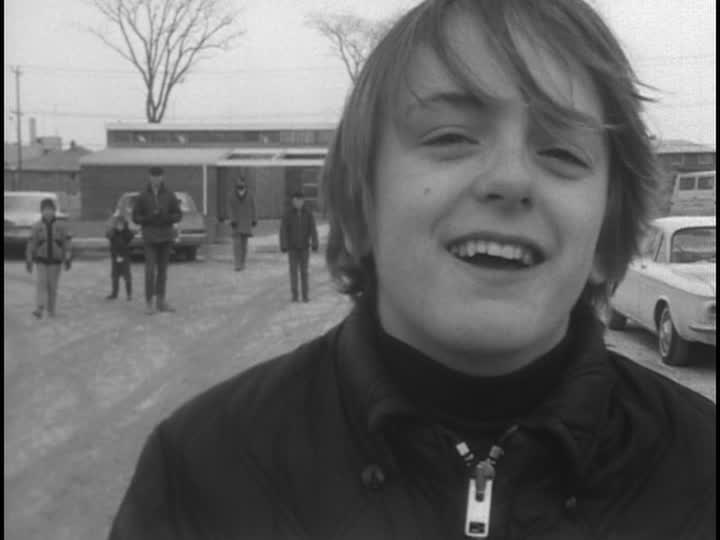
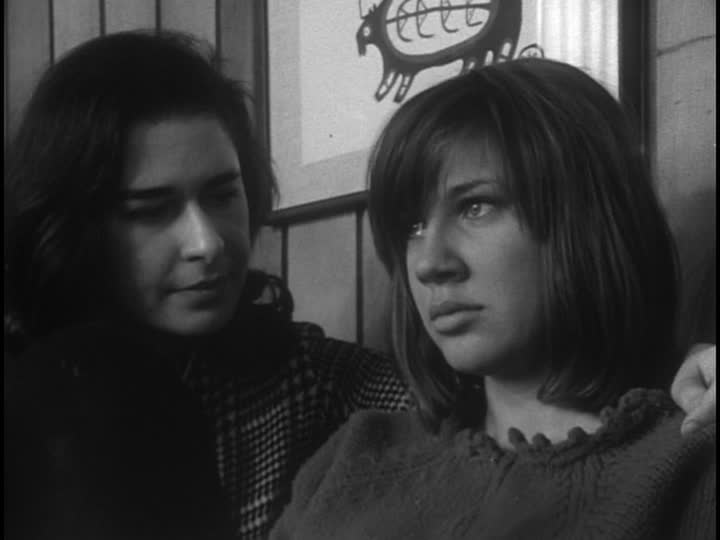
Cinematically speaking, what Warrendale offers is something other than the standard “documentary” label usually indicates, in that Allan King isn’t trying to make a movie about a particular institution, philosophy of treatment or the social issues that make such programs necessary. Instead, he simply seeks to capture unique experiential angles on what it means to be human. The fact that he was able to get his camera in position to record powerfully evocative sights and sounds transcends considerations of mere technique. In order to do so, he had to first cultivate open and trusting relationships with practically everyone involved – from “serious” professional adults to a scattered group of psychologically disturbed children.
In discussing Warrendale and the subsequent “actuality dramas” contained in this set, King wisely avoids making any claims to objectivity, as he fully understands that the presence of a camera in the room has an effect on how people behave. I think he does a credible job of staying unobtrusive, allowing the circumstances to play out without active interference or attempts to steer or frame the action according to some pre-existing agenda. And he certainly does provide an outstandingly candid statement of purpose in the clips below, as he looks back on his career in a late-in-life interview. In the first (shorter) clip, King speaks briefly about working with the children at Warrendale.
[youtube http://www.youtube.com/watch?v=PcORA1Uq5LM&fs=1&hl=en_US&rel=0]
The second clip, fairly lengthy at 15 minutes, offers a very brief segment from the film (there are no extended scenes from Warrendale available that I could find) along with selections from several other films of recent decades and a more in-depth explanation from the man himself of his goals as a filmmaker. On top of all that, he’s just a cool old guy!
So if what I’ve said here intrigues you, I highly recommend that you get ahold of this set! I know that though Warrendale was the film that hooked me in, having now seen it, my eagerness to explore King’s later work has only accelerated.
[youtube http://www.youtube.com/watch?v=L3EYP8iAoXA&fs=1&hl=en_US&rel=0]


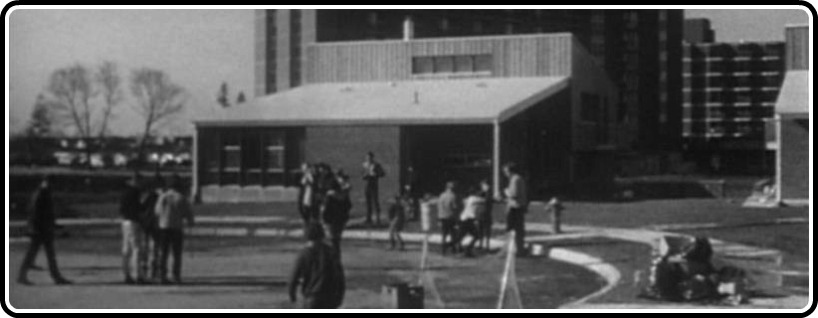



![Bergman Island (The Criterion Collection) [Blu-ray]](https://criterioncast.com/wp-content/uploads/2022/11/bergman-island-the-criterion-collection-blu-ray-400x496.jpg)
![This Is Not a Burial, It’s a Resurrection (The Criterion Collection) [Blu-ray]](https://criterioncast.com/wp-content/uploads/2022/11/this-is-not-a-burial-its-a-resurrection-the-criterion-collection-blu-ray-400x496.jpg)
![Lars von Trier's Europe Trilogy (The Criterion Collection) [The Element of Crime/Epidemic/Europa] [Blu-ray]](https://criterioncast.com/wp-content/uploads/2022/11/lars-von-triers-europe-trilogy-the-criterion-collection-the-element-of-400x496.jpg)
![Imitation of Life (The Criterion Collection) [Blu-ray]](https://criterioncast.com/wp-content/uploads/2022/11/imitation-of-life-the-criterion-collection-blu-ray-400x496.jpg)
![The Adventures of Baron Munchausen (The Criterion Collection) [4K UHD]](https://criterioncast.com/wp-content/uploads/2022/11/the-adventures-of-baron-munchausen-the-criterion-collection-4k-uhd-400x496.jpg)
![Cooley High [Criterion Collection] [Blu-ray] [1975]](https://criterioncast.com/wp-content/uploads/2022/11/cooley-high-criterion-collection-blu-ray-1975-400x496.jpg)
Having worked in residential treatment facilities for 40 years, I remember seeing Warrendale when it was first released. I found the film to be exploitive, I found the staff almost cultist in following the program philospohy, and most importantly, I felt that the children were provoked, and actually acted out almost as if it were an expectaion, and to meet their needfor attention. Having lived though the sixties in residential treatment we had our share of strong confrontations and accountability, which was needed, Warrendale was a dangerous extreme and at the time of its release it certainlt gave the wrong impression of a progressive treatment modality. That being stated, there is certainly a lot we were able to do back then, that would get us closed now for violation of children’s rights, Children needed then and need now strong accepting parental and not passive caretakers,as is the norm unfortunately now.
I’m pleased to get some feedback from a guy even more experienced in this field than I am! I suspect that my response to Warrendale would have been similar if I saw it as a contemporary release. Now it’s easy to concede that their methods were crude or primitive by today’s standards. I have a hunch that you’d agree with the notion that acting out behavior can become a highly contagious norm in a milieu when youth believe that such wild outbursts are the most effective means of getting staff involved and keeping the focus on them instead of their peers. I was probably most disturbed by the lack of physical boundaries, kids sitting on staff laps, the hugs and kisses, resorting to holds that turned into prolonged wrestling matches, etc. I chalked some of this up to the novelty of the discipline and a lack of regulation, figuring society was willing to allow people willing to work with these kids the freedom to experiment and do their work without outside interference. I’m glad to learn that the Warrendale methods were considered extreme even back then by their contemporaries. I can’t help but wonder how long Maurice lasted in that job – he appeared to be having quite a hard time of it!
I shudder to think about how an investigation in 2010 would go if such interventions were replicated today. Provisional license, program closed, placement on the Child Abuse registry, all quite likely. And as for exploitive, I agree to the extent that I’m still uncomfortable with the idea of putting vulnerable children up on the screen as part of a commercial enterprise. At this point, the kids are long grown up and the document is a long-standing classic in its field, so we take it for what it is. And I agree with your point about passivity, it’s one of the major problems we have to work through with our staff, especially those who come in too aggressive and have to be instructed in a lot of “don’t’s” – they end up withdrawing because they haven’t mastered the art of assertive engagement.